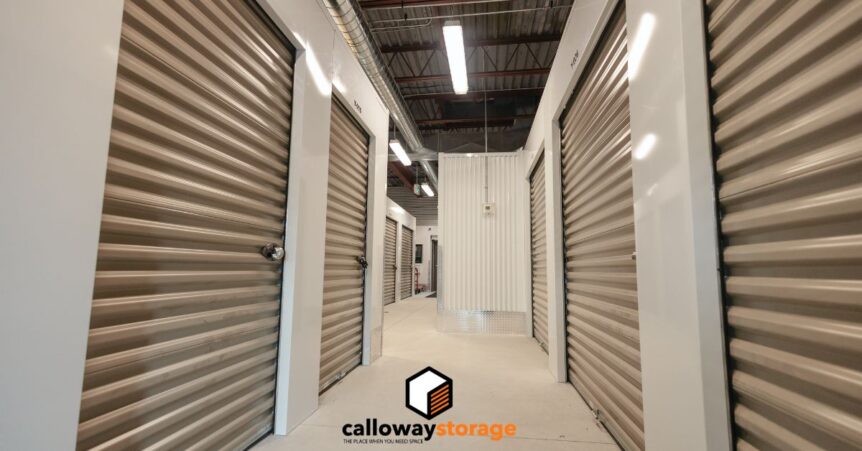When you’re deciding on the right storage option, one of the biggest questions is whether you really need climate storage or if regular storage will do the job. The answer depends on what you’re storing, how long you’ll need storage, and how much you’re willing to spend.
What Items Need Climate Storage?
Climate storage maintains stable temperature and humidity levels. This is important for items that can warp, crack, or degrade if exposed to fluctuating conditions. You should consider climate storage if you’re storing:
- Wooden furniture, antiques, or musical instruments
- Electronics, appliances, and delicate equipment
- Fabrics and clothing that could mold or mildew
- Sensitive household goods like wine, leather, or mattresses
If your items are valuable, irreplaceable, or especially sensitive to moisture, climate storage offers extra peace of mind.
Seasonal vs. Long-Term Storage Needs
- Short-term or seasonal storage: If you only need to store items for a few weeks or months (like summer gear in the winter), regular storage is often fine. Most goods can tolerate some exposure to fluctuating temperatures over a short period.
- Long-term storage: If you’re packing away items for six months or more, climate control becomes more important. Seasonal temperature swings and humidity build-up can cause gradual damage that isn’t noticeable until you retrieve your belongings.
How Storage Costs Add Up Over Time
When choosing between climate and regular storage, it’s helpful to think about how long you’ll be storing your items and how costs accumulate.
- Short-Term Rentals (1–3 months): For quick projects or temporary moves, the monthly savings of a regular unit are noticeable. Since items won’t be sitting long, the risk of damage is minimal, making this option cost-efficient.
- Medium-Term Rentals (3–6 months): Costs begin to balance out. A regular unit is still affordable, but the longer items sit, the more exposure they have to heat, cold, and humidity. For moderately sensitive belongings, climate storage becomes worth considering.
- Long-Term Rentals (6 months+): This is where the math changes. Over time, the replacement cost of damaged items could far exceed the extra monthly investment in climate storage. For anyone planning to store valuables long-term, climate storage becomes a smarter financial decision.
Final Thoughts Choosing between climate and regular storage comes down to balancing cost with protection. If you’re storing delicate, valuable, or long-term items, climate control is worth the investment. For tough, everyday goods or short-term storage, a regular unit offers reliable and budget-friendly protection.

